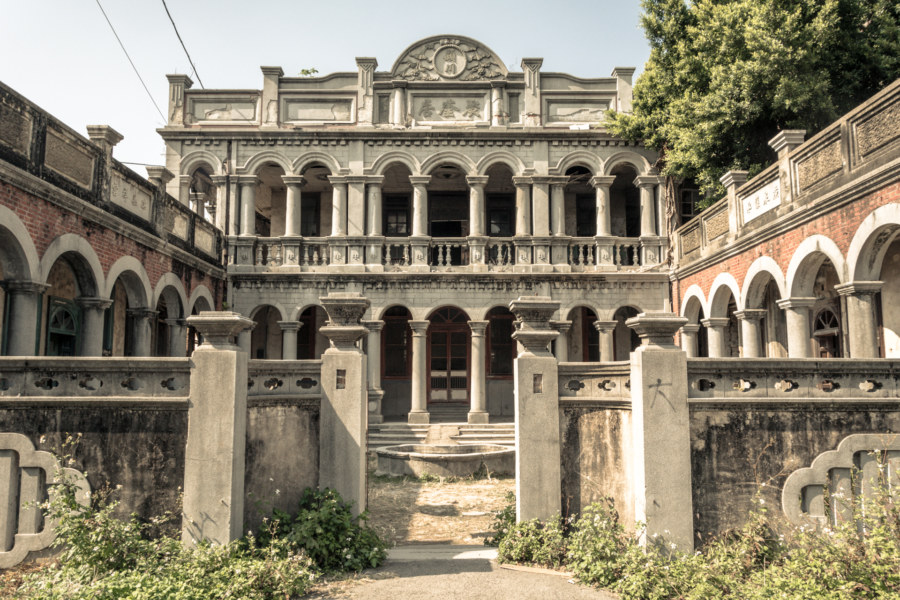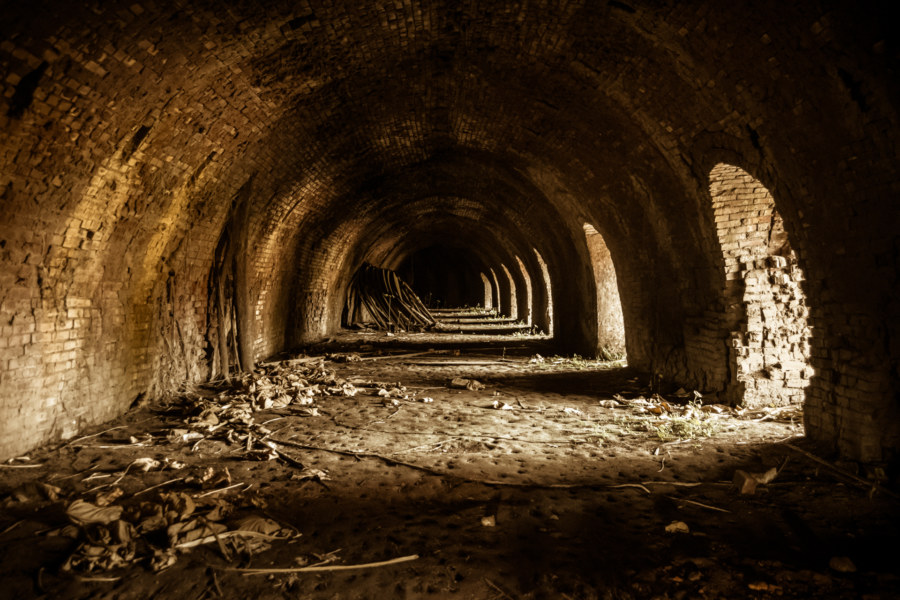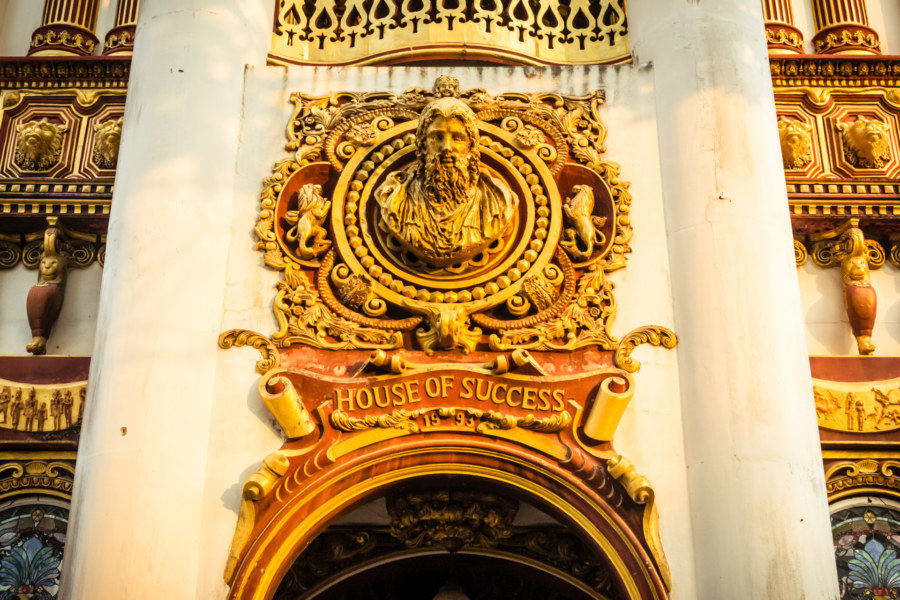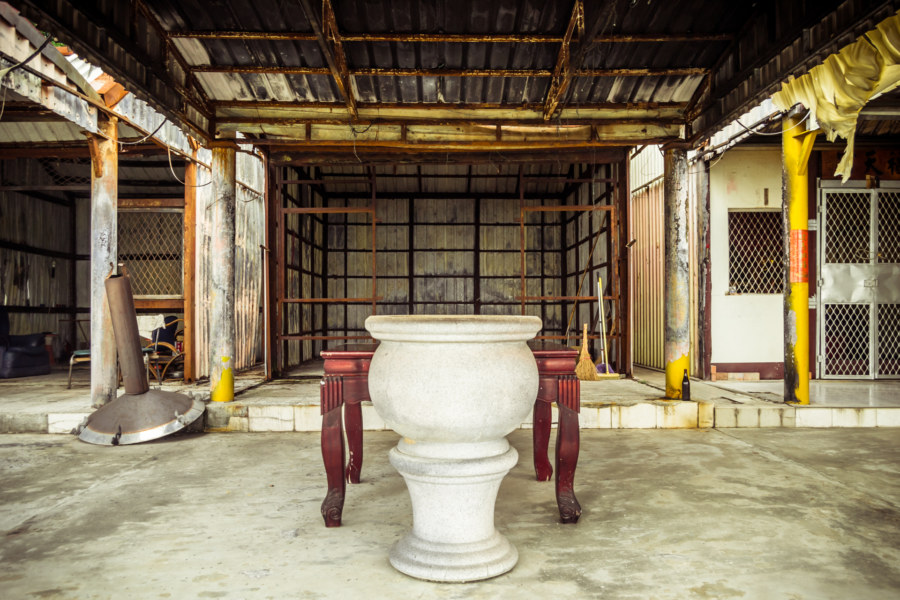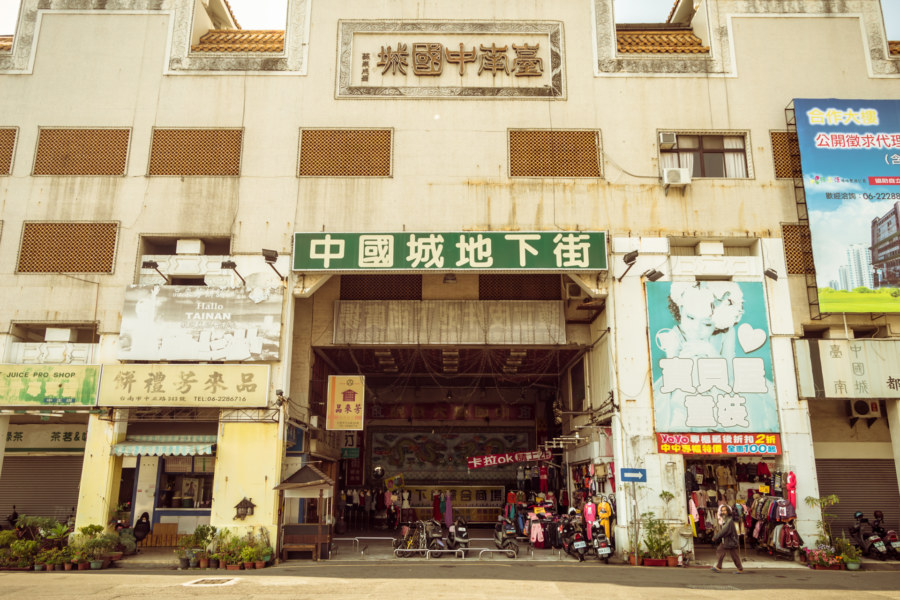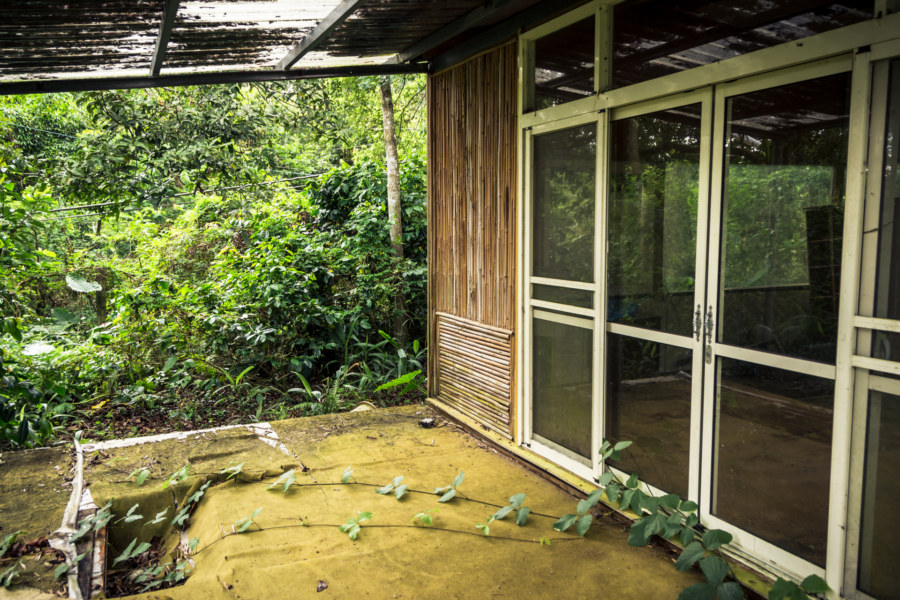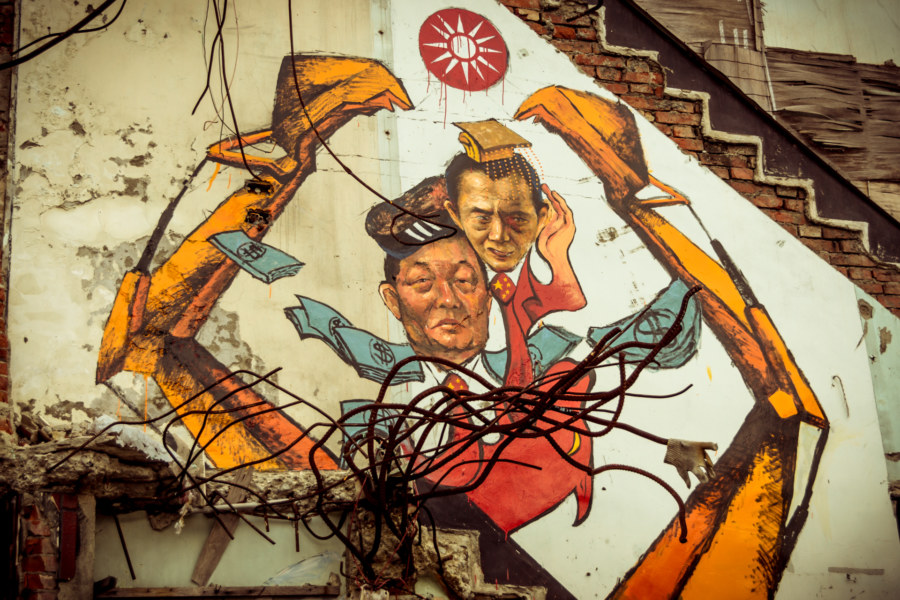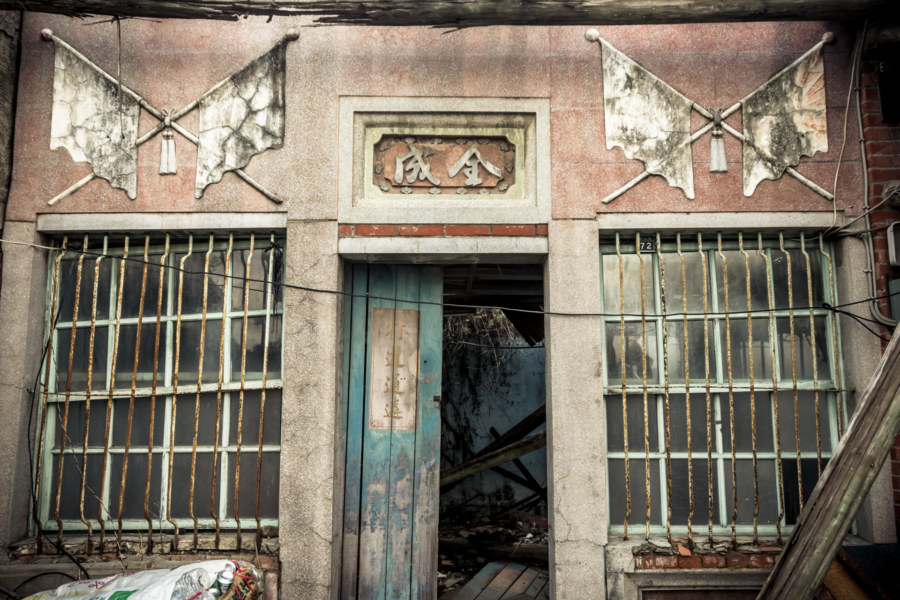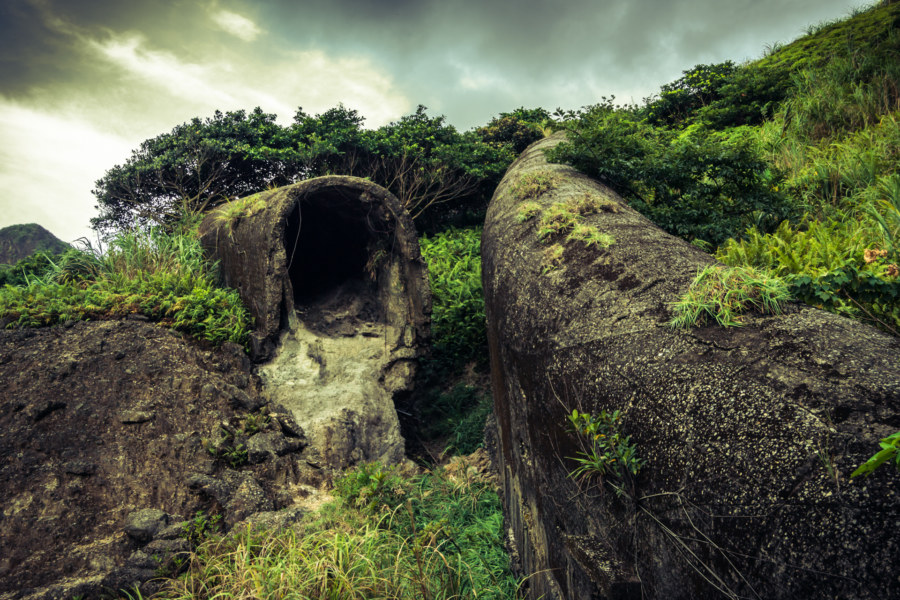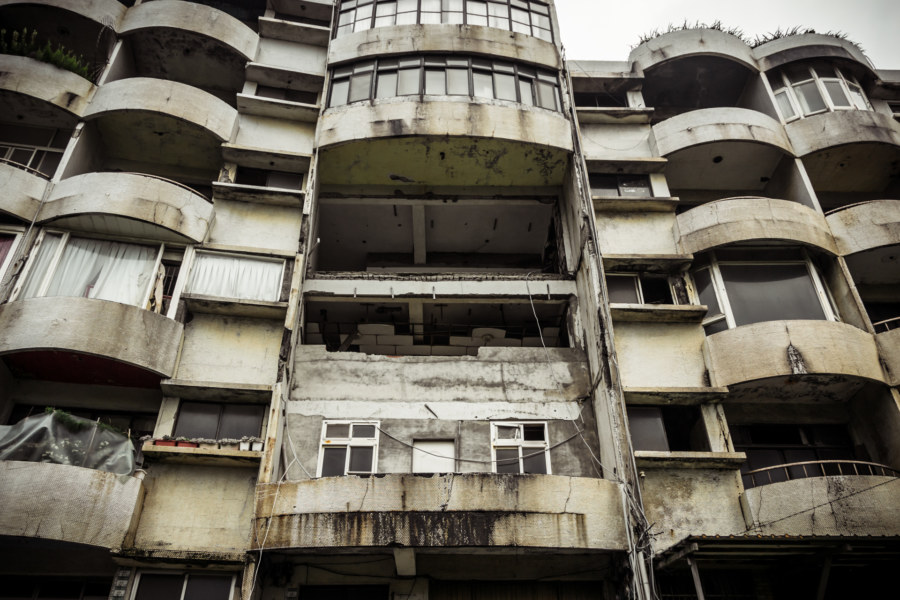Jùkuíjū 聚奎居 is an abandoned mansion in Wuri, Taichung, built in 1920 by Chén Shàozōng 陳紹宗, a wealthy businessman and landowner. The architecture is a combination of the traditional Taiwanese sānhéyuàn 三合院 (a U-shaped building with three parts surrounding a central courtyard) and the Baroque Revival style of the Japanese colonial era. It is located on the rundown, industrial margins of the city, along an otherwise unremarkable lane next to a military base, looking completely out of place in space and time.
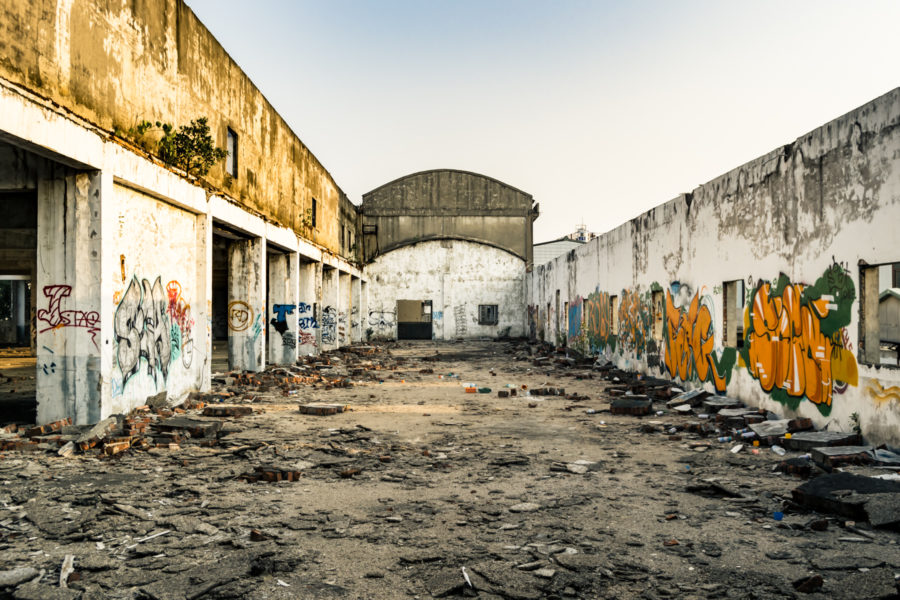
Abandoned buildings and other manmade structures left to the elements. Here I will share the results of various expeditions I have undertaken around the world. See also: urbex, rewilding, and the entire abandoned Taiwan series.
Adjacent Terms
Jinshuncheng Hoffmann Kiln 金順成八卦窯
Jīnshùnchéng Hoffmann Kiln 金順成八卦窯 is located on the eastern Changhua Plain 彰化平原 in Huatan, a rural township south of Changhua City. During the Japanese colonial era this part of Taiwan specialized in brick and ceramic production due to plentiful supplies of high-quality clay, and the industry continued to expand after the arrival of the KMT. This particular kiln only dates back to the early 1960s and is the last of its kind in Changhua. For that reason the county government designated it a historic building in 2010 but very little has been done to clean the site and make it inviting to visitors.
House of Success, Chiang Mai
Mere minutes after setting out from my hotel to explore Chiang Mai I stumbled upon a bizarre building in a mostly empty lot just inside the old city walls. I swear I don’t always go looking for abandoned places—sometimes they find me instead. And in this case I couldn’t very well say no, now could I? I walked up the stairs to take a closer look at this ostentatious ruin, the House of Success.
Dayeh Futian Temple 大葉福天宮
High on the upper slopes of the modest Bagua Mountain Range 八卦山脈 (pinyin: Bāguàshānmài) overlooking Dayeh University (pinyin: Dàyè), on the border between Changhua and Nantou in Taiwan, stands a strange half-abandoned temple. It is peculiar in that temples are almost never left to the elements the way this one has been. Abandoned buildings are commonplace in this land of abundant ruins—but even the most obscure temples receive regular maintenance in the form of incense and offerings, among other things. To neglect the gods and spirits is to curse a place with tremendously bad luck and misfortune. Temples may be formally decommissioned, dismantled, and destroyed—but they are almost never simply abandoned or left to decay like this. What’s going on here?
Tainan Chinatown 臺南中國城
Tainan Chinatown 臺南中國城 is a half-abandoned and soon to be demolished shopping mall and entertainment complex in Tainan City. Built in 1983, it was designed by C.Y. Lee, a famous architect who later directed the construction of 85 Sky Tower and Taipei 101. I went by to shoot a few photos with some friends one sunny afternoon in January 2014 so I figure I may as well share them here.
Vanilla Garden Minsu 香草園民宿
I was out riding a scooter from Changhua the hot springs resort town of Guanziling in rural Tainan when I noticed a rundown, seemingly abandoned building by the roadside in the mountains of Zhongpu, Chiayi. Stopping to investigate, I discovered a mínsù 民宿 (essentially a bed and breakfast) in the early stages of decay. Initially I had no luck finding out any information about this place but more recently I uncovered its formal name: Dòngzǐjiǎo Vanilla Garden Minsu 凍仔腳香草園民宿. Dongzijiao, apparently famous for its betel nut crop, is the name of the nearest village.
The Seeds of Unrest
Part of a mural by Taiwanese artist Liu Tsungjung 劉宗榮 in Dapu village.
Last night I went to Dapu Village in Zhunan, the northernmost township in Miaoli, for a concert and movie screening commemorating the treacherous demolition of four homes last year. The event took place on the former site of Chang Pharmacy, whose owner, Chang Sen-wen (張森文), was later found dead in a drainage ditch in an apparent suicide. This occurred not long after the government razed his home and business to the ground with all his possessions still inside. In a cruel twist of fate the Chang family was served a bill for demolition equalling the financial compensation offered by the government—leaving them with absolutely nothing. Eminent domain may serve the public interest in special circumstances—but this was outright robbery by the state.
The Dapu incident1, in brief: Miaoli magistrate Liú Zhènghóng (劉政鴻, pictured above, at left) ordered the expropriation of 156 hectares of land in Dapu Village in 2009, ostensibly to build a new…
Gushan Village Old Homes 姑山里老屋
I was off the main road in Gūshān Village 姑山里 in Dashu, a hilly rural district in Kaohsiung, when I noticed a row of old buildings next to a small temple. Stopping to investigate, I unslung my camera and snapped a few shots, not quite realizing what I was looking at. My mind was elsewhere—a consequence of two hard days of riding in the tropical summer sun. I was, at the time, heading south to the railway line after making it to Qishan the night before and touring through Meinong earlier in the day. Only later, when I went to develop the photos, did I notice the faint traces of the Japanese rising sun flag in the top right corner of the building pictured above. At one point these stone flags must have been painted bright red, a reflection of Japanese imperial interests in Taiwan.
Changren Waste Flues 長仁廢煙道
The waste flues of Ruifang are an extraordinary sight. The ruins of these massive, crumbling conduits run for miles up the mountainside from the Shuinandong Smelter 水湳洞精鍊廠 and the rest of the abandoned mining complex below. Originally built during the KMT authoritarian era to transport noxious fumes and waste gases away from the refinery—and nearby settlements like Jīnguāshí 金瓜石—these flues are reputedly the longest in the world.
Harbour City 海灣新城
Harbour City 海灣新城 is an imposing ruin sprawling along the coastline not far from Cape Fugui 富貴角 at the northernmost tip of Taiwan. I first noticed it on my round-the-island bicycle tour last year but did not stop to explore, having already spent much of my daylight riding time poking around the UFO houses of Wanli.
More recently I set out on a two-day urban exploration road trip with a friend from the Netherlands. Late in the afternoon on the first day we were thrown out of an abandoned amusement park in nearby Jinshan. Not having anything better to do with the remaining hour or so of daylight, I suggested we make our way up the coast to Shimen to investigate the ruin I had seen the previous year.
